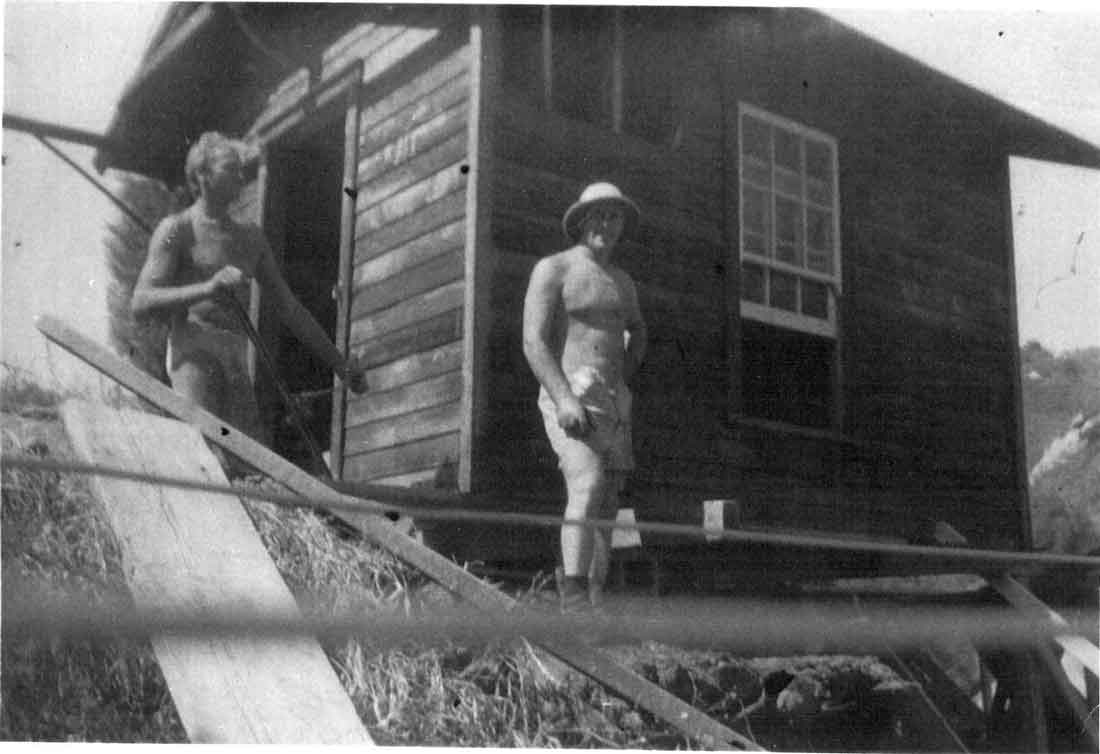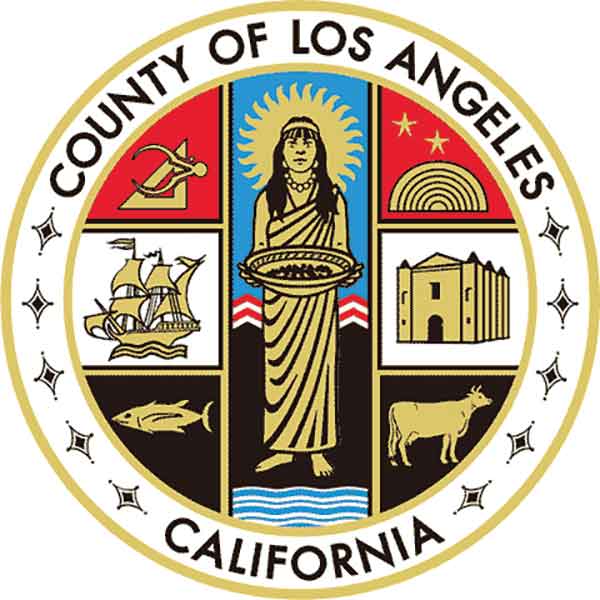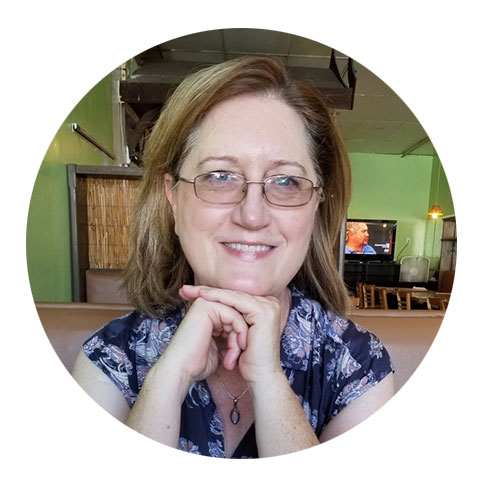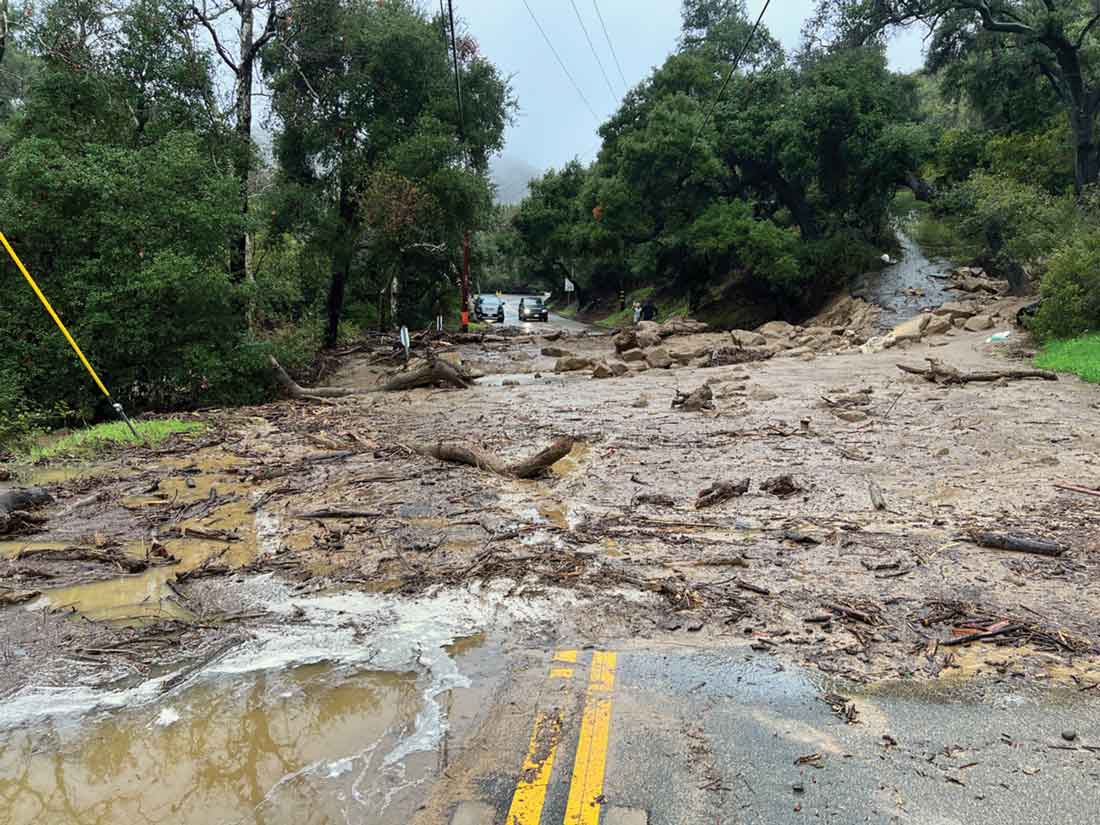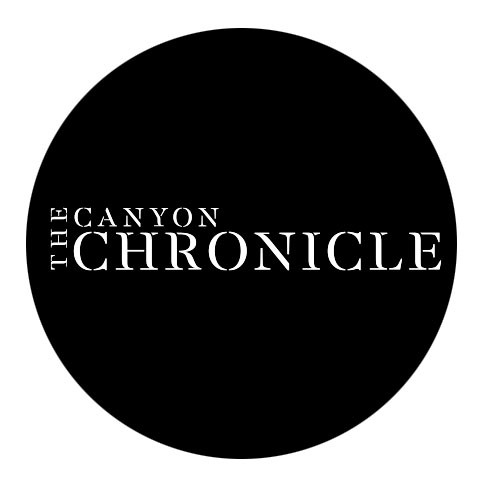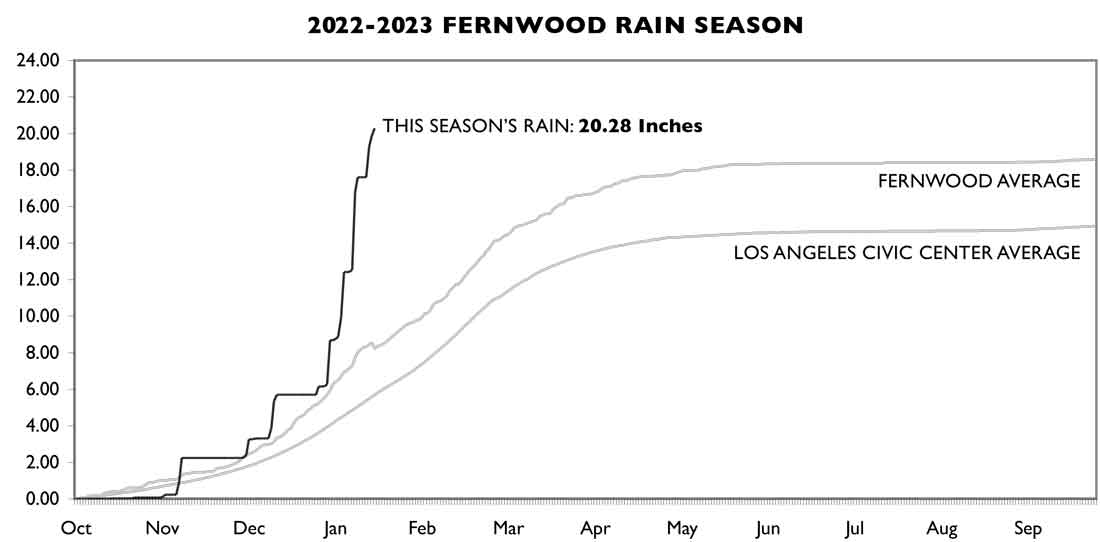The Nature Boys, the Nature Girl and Me | |
The Nature Boys, the Nature Girl and MeA recent feature article about the Nature Boys in The Topanga New Times struck a personal chord in me. As a lifelong resident of Topanga (since 1949), I knew and experienced a very different side of the Nature Boys than the article suggested. They were not hippies, dropouts or squatters. I lived through that era, too, as the counter-culture of the 1960s and â70s came to claim land in Topanga as if it was free and open to all. As a young woman, I regularly woke up to strangers who had moved onto our familyâs Old Canyon Road propertyâin a van, truck, teepee or tentâto set up camp. These counter-culturalists created stress for families in the canyon who had worked hard to establish homes and ranches. This was the beginning of fences here.
⢠⢠â˘
The Nature Boys, by contrast, were just thatâyoung men living in the wilderness and off the land, making their way in the world through hard work, creative enterprise and enlightenment following the second world war. The âHippiesâ of the 1970s were largely about taking; the Nature Boys of decades before were contributing to canyon families and culture.
By far, their biggest contribution to this world was health. They advocated for the vegetarian way and contradicted the claims that meat and potatoes and white bread were the only American way. The nature boys were health nuts. So was my father [Cyril âCyâ Wood]. My family was the only vegetarian family in Topanga during my entire childhood. So, naturally, the Nature Boys were drawn to our company.
One in particular, Emil (pronounced âay-mullâ) Zimmerman came to live on our land every summer. Arriving from the Amazon Rain Forest, where heâd live in the jungle during the winter months, he brought two large boxes of Brazil and hazelnuts, one for our family, one for himself. Emil also brought the tools to get those nuts out of their shells: a nutcracker, a hammer and a small hand pick. In return for living in his car on our property, sleeping out under the stars each night in our private corner of the world, he spent his days helping my father build an extension on our small, one-room cabin. He, in particular, was a âfruitarian,â subsisting only on fruits, nuts and berries. He would arrive from the jungle when our patch of boysenberries bloomed, and leave the canyon for Brazil after the harvest.
Slowly but surely, several other Nature Boys would come to meet my fatherâGypsy Boots, Maximillian, Jim Baker, among others. We also met the one and only Nature Girl, Anne-Marie BennstrĂśm.
Emil was a soft-spoken, humble, easy-going, six-foot-tall physical specimen with shoulder-length golden hair. He walked around in a loin cloth. Gypsy Boots was determined to produce the first âenergy barâ and open the first health juice bar with mixed drinks he called âsmoothies.â He did both. Maxi was short, stocky like a wrestler and participated in weight-lifting competitions in Venice. Anne-Marie was a Swedish blonde beauty with a gorgeous body and a degree in chiropractic medicine. Long before Jane Fonda or Suzanne Sommers, she developed exercise programs and tools, and opened a world-famous spa, todayâs Ashram in Calabasas.
⢠⢠â˘
When school let out each year for summer break, there was Emil. Oh boy! I loved watching him work, helping me crack open nuts and going on picnics with him and our neighbors up in Hondo Canyon at the lake. I was a very quiet, shy child, but he was easy to talk to and learn from about the outside world. One summer, I asked about the sandals he was wearing. He told me that he suffered some bone deformities from growing up in a small, Russian village during Stalinâs reign of terror. He was a Russian Jew whose family had escaped the pogroms in the 1920s-â30s.
He told me about soup the villagers made from stones and bark, and they would add dirt or soil for flavor. Maybe there would be a potato or two, sometimes. In other words, they were starving to death. Emil was given two left shoes to make do and scarcely had enough clothes to keep himself warm. I recall him being tall and strong, but I could tell that his posture and legs were affected. He recalled when one of the larger women in the village froze to death one night. The villagers took her body and boiled it until the fat came to the top and then they made soap from it.
I remember being stunned by this information. I felt rich by comparison. And he thought of us that way, as well. We had only 25 acres of land in what was then a remote area with a cabin without a roof, but by comparison, we had everything. (Above) Emil and Karenâs father, Cyril âCyâ Wood building second story of the cabin. Cy and Keith Titmus (Vera Woodâs brother) bought 40 acres with the intention to build family homes at the top of Red Rock Canyon. Cy decided to build in Hondo Canyon instead, and Keith moved to the San Fernando Valley.
(Top right) Karen Wood as a child at the topof Red Rock with the Santa Monica Mountains in background.
(Right) Emil Zimmerman in loincloth and sandals above raising an old shed to the second story of a new extension to the stone cottage. Back row: Vera Wood, Iky DeWitt, Doreen âDoiâ DeWitt holding baby Billy DeWitt. Front row: Lynn Wood, Karen Wood, Betsy DeWitt. This is when Vera, Nora and Herta War |
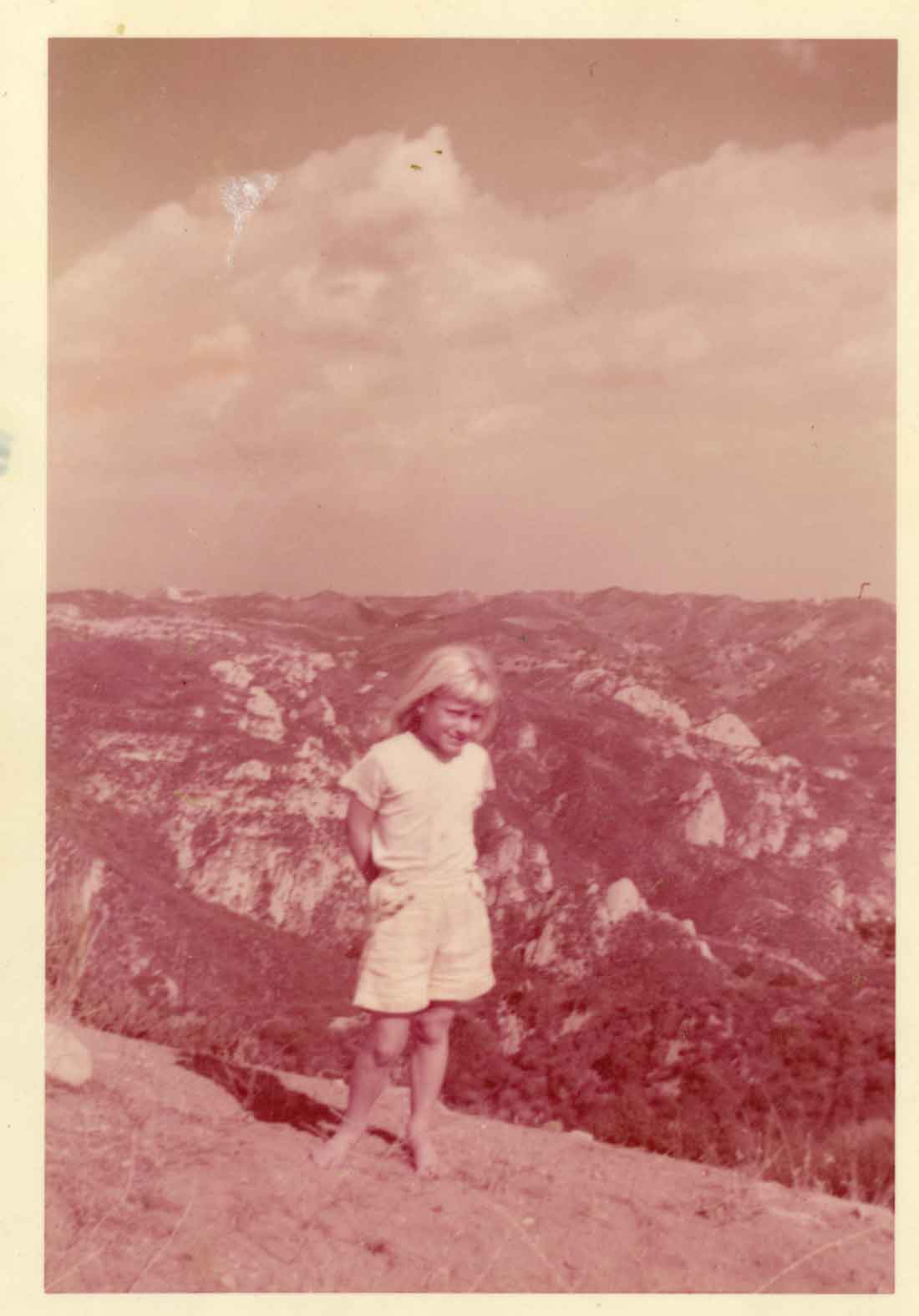 My parents were part of an early enclave of Topangans who inclusively welcomed artists of all kinds. One year, Emil brought me a ukulele. He then very patiently taught me how to string it, tune it and play it. I learned my very first song, âYou Are My Sunshine,â and sang it to my elder sister early one summer morning. I then started singing to the sycamore trees, playing the piano and writing songs. Mom drew portraits of Emil and Anne-Marie, as she found them both so strikingly beautiful. Emil could commune with the animals in the canyon, consistent with the artist enclave we were part of. Anne-Marie was a ball of pure energy with bright eyes and an ability to inspire us to be stronger, fitter children. She was a true star-catcher.
The last time I saw Emil was in 1970. I had moved back to the canyon from Key West with my two small children after my divorce. Emil stopped by with his niece. They were on their way to Florida. He suffered terribly from arthritis in his later years and had become somewhat crippled. He died a few years later from cancer. He attributed these health issues to his early village life in Russia, a time of mental and spiritual terror, malnourishment and economic struggle.
About the same time, Mom [Vera Wood] and I went over to visit Anne -Marie at the Ashram in Calabasas.We had a lovely time, and she encouraged me to pick myself up after the divorce and get back in the saddle. For me, she was a mentor and example of a woman who had manifested her dream. She came to see us decades later at the family cottage on Old Canyon Road, a place that had always reminded her of her own childhood home in Germany. She seemed to know that my mother was not long for this world and left with a portrait my mother had painted of her long ago, tucked under her arm.
 | 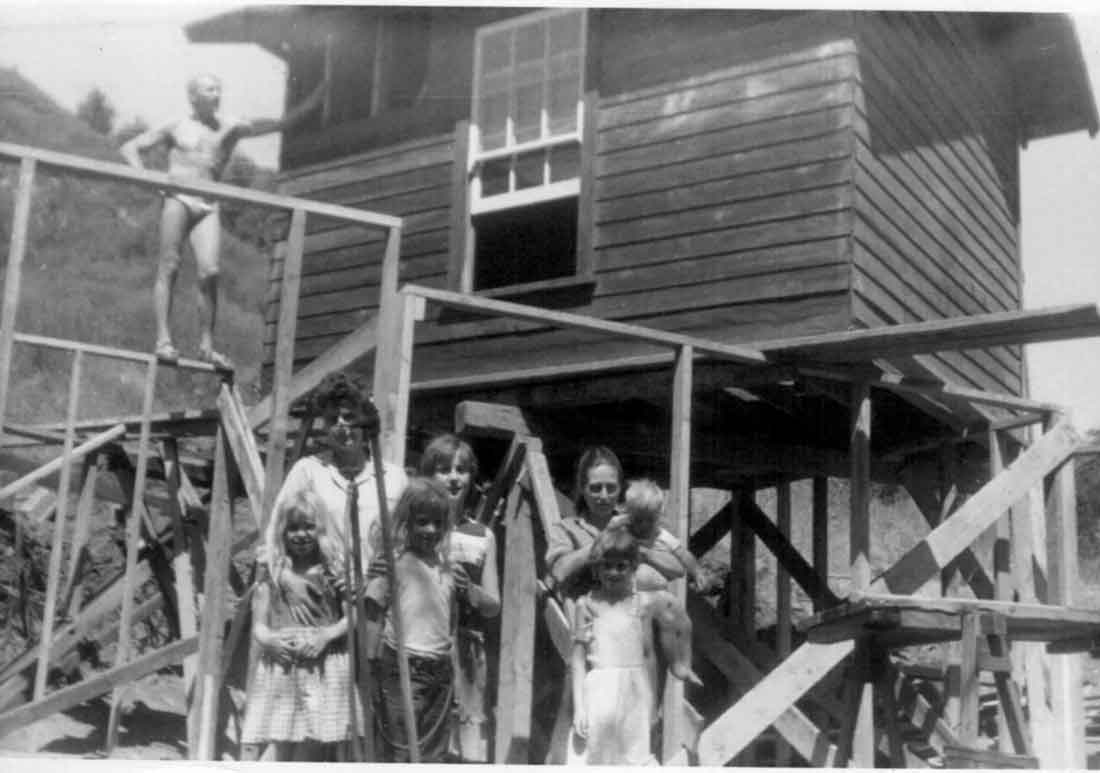 On a 2015 trip to the Smithsonian with my husband, Ishmael, I walked into the âInventors Trademark Hall of Fame.â There, to my surprise, was a photograph of Anne-Marie, being honored for inventing the âBâ on the ball, a way of exercising on a ball that is now standard in many gyms. When I returned home, I gave Anne-Marie a call to let her know Iâd seen the award and how wonderful it must have been for her to be recognized. We said our goodbyes and she died shortly thereafter.
Iâm sharing these memories so that you can see how the Nature Boys were real people, whose contributions were based on encouraging the best of humanity, and building businesses of integrity. The Topanga Historical Society, the Chamber of Commerce and the Trash Warriors, the Community House, and Theatricum Botanicum, among others, are all building blocks that hold the community together. To me, they refer back to the role the Nature Boys played in contributing to their world to make it a better place. I was lucky to know them.
 | 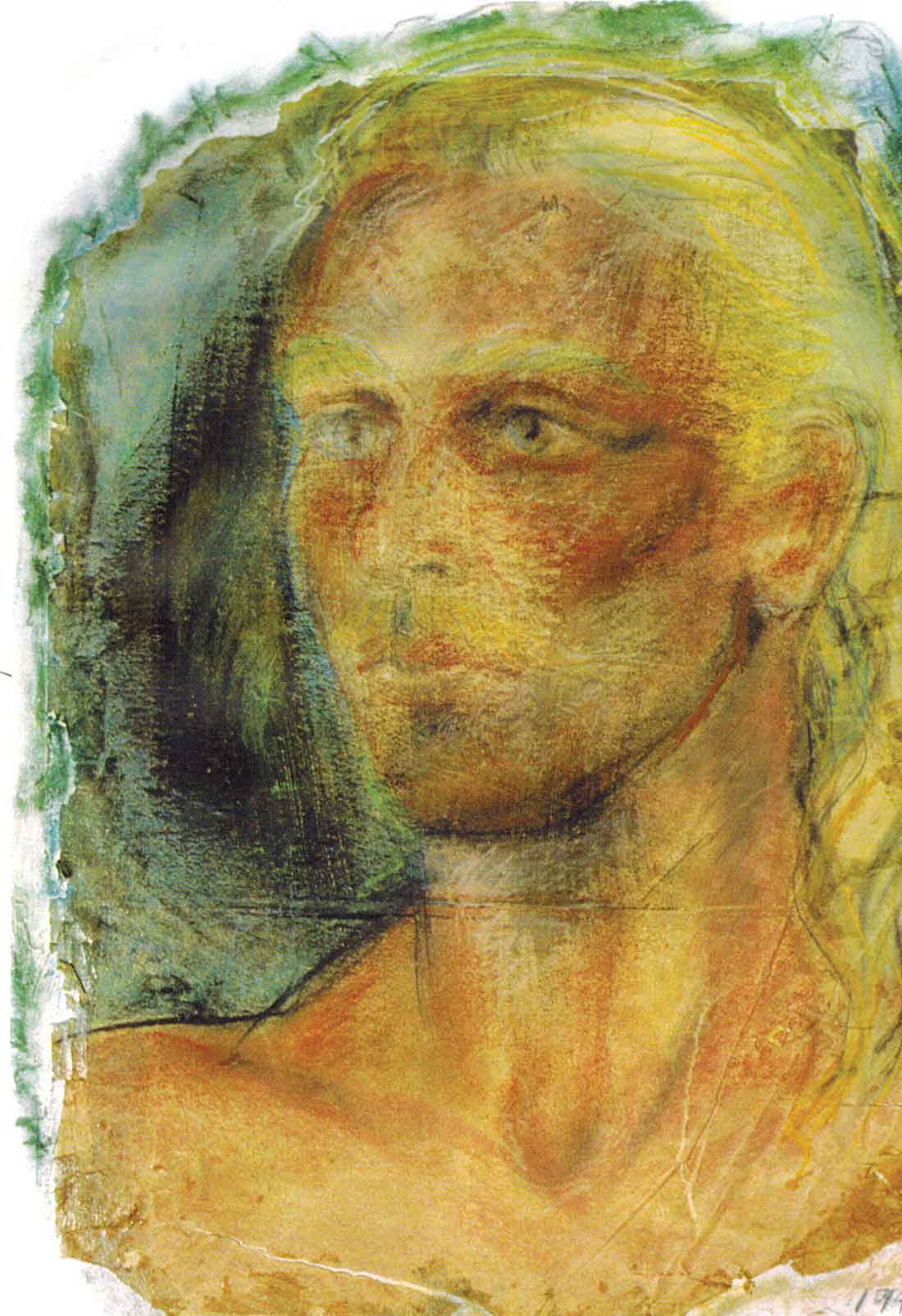 Portrait of Emil Zimmerman, by Vera T. Wood, 1946, Pastel Karen L. Moranâs memoir of life in Topanga, âForever TOURMALINE,â will be released in spring, 2023.
With gratitude to Eileen Delehanty Pearkes for facilitating this series. Find her at: edpearkes.com, author of âThe Geography of memory: Reclaiming the Cultural, | 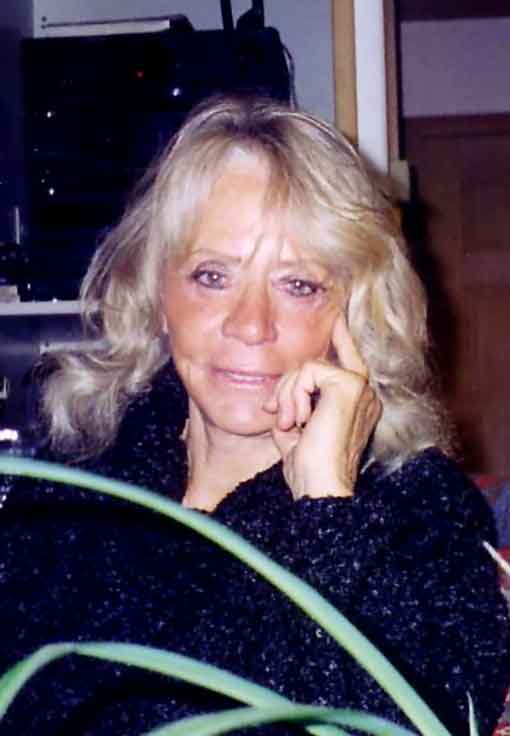 âNature Girlâ
Anne-Marie BennstrĂśm, Photo courtesy Beyond-Words-Publishing | 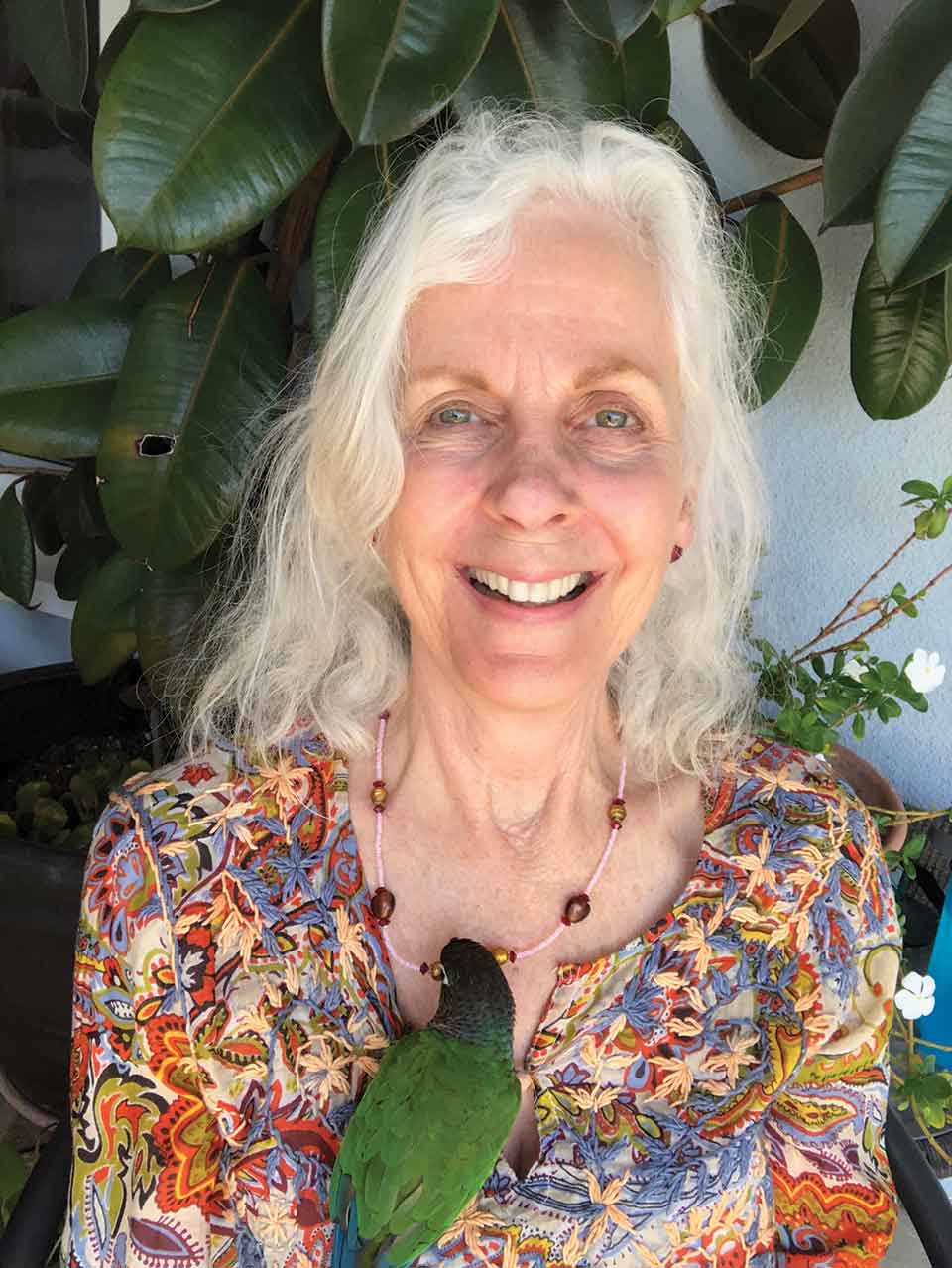 Karen L. Moran, with Pico, the family pet, is in a place of happiness and joy. | | | | | | | | | | |
|
|
|
|
|




